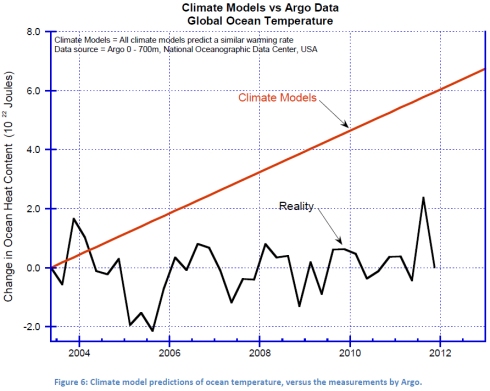Big Oil Companies Behind Global Warming Fraud
July 19, 2012
ACTIVIST POST | JULY 19, 2012
There was once a company named “Glori Oil” based in Houston, Texas, according to its website, it was:
A Delaware corporation founded in 2005 to commercialize technology developed by ‘The Energy and Resources Institute’ (known as TERI). [...]
Our vision is to be the leader in bio-technology solutions to the global oil and gas industry and service provider of choice to both independent and major oil and gas producers. Our mission is delivering state of the art bio-technology solutions to improve and increase recovery from mature oil wells and to solve complex problems associated with the production of oil, gas and water.
It’s important to note that TERI, now unanimously known as ‘The Energy and Resources Institute’ was once actually named “Tata Energy and Resources Institute’, but I’ll get back to that later.
Glori Oil also later changed its name to Glori Energy, Inc. and recently appointed a certain Robert Button as President of Glori Holdings, a subsidiary of Glori Energy.
Here’s how they announced it in their March 2012 newsletter:
… Button will apply his extensive industry experience in support of Glori’ strategy to acquire end-of-life and abandoned oil fields for increased oil production.
Button is a senior Exploration and Production (E&P) business leader with 30 years of U.S. and international industry experience with Amoco and BP.
Button joins Glori from BP where he served in an executive role and was accountable for the Organization Capability of the E&P Segment Operations, Health-Safety-Environment, and Engineering disciplines. (Source)
Glori Energy’s slogan: “Tomorrows oil from yesterday’s wells.”
Many might think that such environmentally unfriendly “Big Oil” company must be lobbying and spreading lies in the anthropogenic global warming/climate change debate to protect its dirty business.
Well, yes that’s true, but here’s the fun part (you’re going to love this).
The Business Week link above lists a certain Dr. Rajendra Kumar Pachauri as founder of Glori Oil/Glori Energy, Inc., but for some reason, his name doesn’t appear on glorienergy.com (although it did appear on glorioil.com not just as founder but as head of the
company).
Well, Dr. Rajendra Kumar Pachauri is none other than the Nobel Peace Prize-winning chairperson of the Intergovernmental Panel on Climate Change (IPCC), that was established by the World Meteorological Organization and the United Nations’ Environment Programme since 2002.
This is the same IPCC that insists that fossil fuels and human CO2 emissions are driving the warming of global climate; that “the
science is settled”, that solar cycles have no or very little impact on our climate, that the earth and its inhabitants are doomed if we don’t tax and trade…I mean ‘curb’ our carbon emissions.
Thanks to archive.org (AKA the “Wayback Machine”) one can read his biography on the now disappeared Glory Oil website and find that, apart from being the Director-General of TERI (someone forgot to amend its name there, funnily enough, it’s the only place on the website where it’s still referred to as “Tata Energy Research Institute”).



